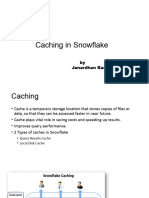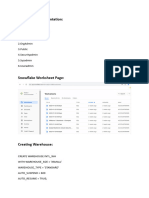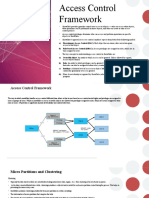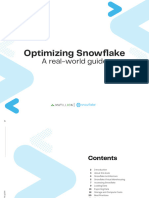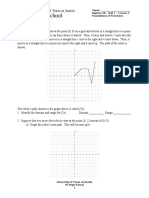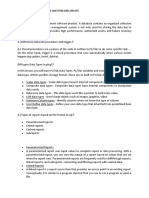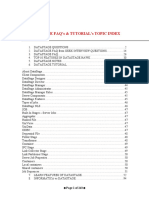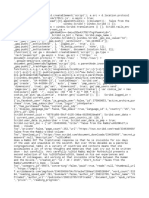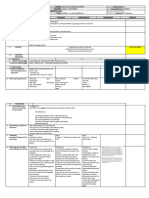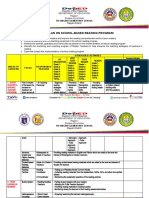0% found this document useful (0 votes)
321 views6 pagesSnowflake Interview Questions PDF
The document provides a comprehensive list of over 30 Snowflake interview questions and answers, covering key concepts such as Snowflake's architecture, data sharing, and security features. It also includes scenario-based questions that demonstrate practical applications of Snowflake's capabilities in optimizing query performance, secure data sharing, and compliance with data retention policies. Overall, it serves as a valuable resource for freshers preparing for Snowflake-related interviews.
Uploaded by
KirhnCopyright
© © All Rights Reserved
We take content rights seriously. If you suspect this is your content, claim it here.
Available Formats
Download as PDF, TXT or read online on Scribd
0% found this document useful (0 votes)
321 views6 pagesSnowflake Interview Questions PDF
The document provides a comprehensive list of over 30 Snowflake interview questions and answers, covering key concepts such as Snowflake's architecture, data sharing, and security features. It also includes scenario-based questions that demonstrate practical applications of Snowflake's capabilities in optimizing query performance, secure data sharing, and compliance with data retention policies. Overall, it serves as a valuable resource for freshers preparing for Snowflake-related interviews.
Uploaded by
KirhnCopyright
© © All Rights Reserved
We take content rights seriously. If you suspect this is your content, claim it here.
Available Formats
Download as PDF, TXT or read online on Scribd
/ 6









